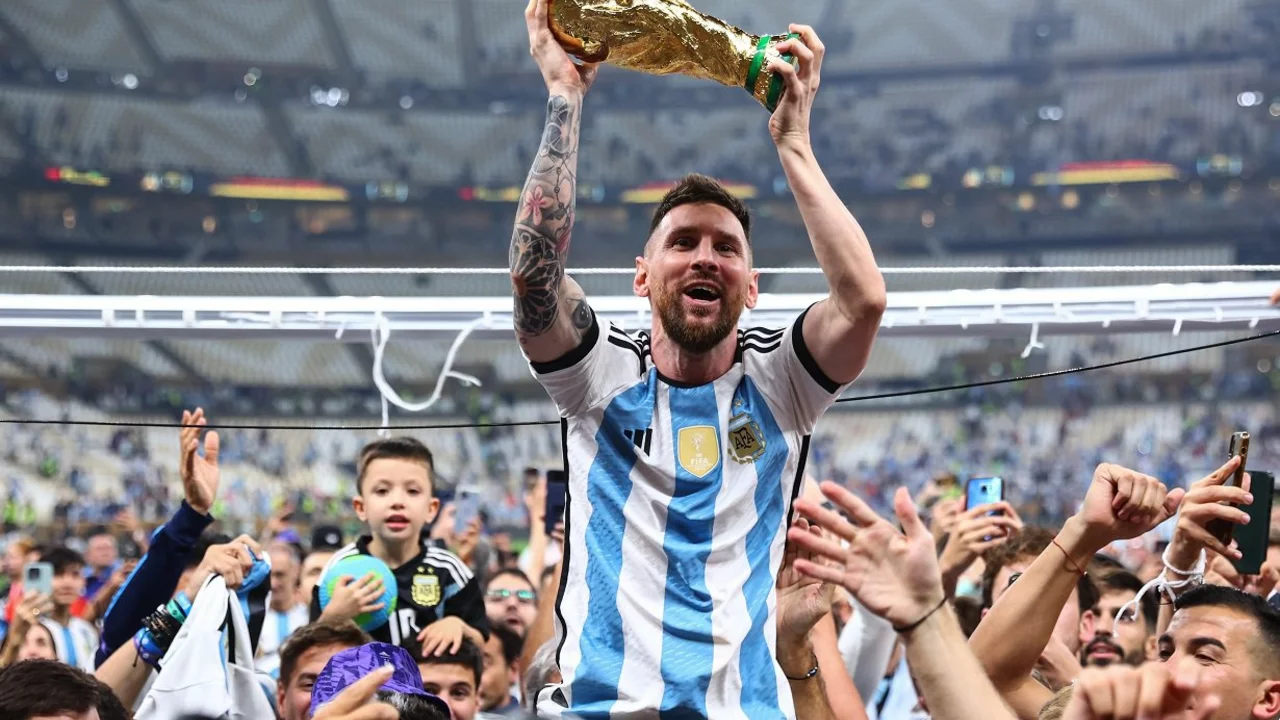Football Tournament: What You Need to Know
When talking about a football tournament, a structured competition where clubs or national teams play matches to crown a champion. Also known as soccer competition, it is the backbone of the sport’s calendar and the reason fans line up for weeks on end.
One of the most recognizable forms of a football tournament is the World Cup, the global showdown held every four years where nations vie for the ultimate prize. Another historic tournament is the FA Cup, England’s oldest knockout competition that lets lower‑league sides face Premier League giants. The Premier League, the top‑flight English league that runs as a season‑long tournament with 20 clubs, also fits the definition, even though it follows a league format rather than a pure knockout.
These events share a core set of attributes: a set schedule, a points or knockout system, and a trophy that carries prestige. A football tournament creates drama because every match can shift the standings, and fans can track live scores to stay in the loop. The tournament structure influences tactics – coaches may play defensively in a knockout game but adopt a more aggressive approach in a league round where points matter.
Why Football Tournaments Matter to Fans and Clubs
First, tournaments generate revenue. Ticket sales, broadcasting rights, and merchandising spike during high‑profile events like the World Cup or FA Cup final. Second, they offer exposure for smaller clubs; a good cup run can attract new supporters and sponsorship deals. Third, the competitive pressure helps player development – young talents often get their breakthrough in early‑round cup matches.
From a tactical angle, the tournament format forces managers to balance squad rotation with the need to win each game. In the Premier League, consistency over 38 matches is key, while in the FA Cup a single slip can end the journey. The World Cup adds another layer: national pride and the limited time to gel a squad create unique strategic challenges.
Technology also plays a role. Live‑score apps let fans follow every goal, red card, or substitution in real time, ensuring nobody misses a crucial moment. Data analytics help clubs study opponent patterns across tournament fixtures, fine‑tuning line‑ups for each opponent.
Our collection below reflects this diversity. You’ll find articles that break down how a release clause works in player contracts, explain why a team might play with ten players, and even guides on building a football video game in Unity. Together they paint a full picture of what makes football tournaments tick, from the boardroom to the pitch.
Ready to dive deeper? Below you’ll discover detailed posts that cover everything from tournament history to practical tips for fans and creators alike. Let’s get started.
So, the FIFA World Cup 2022 group draw is essentially the process where the teams that have qualified for the tournament are divided into groups. This usually involves a lot of anticipation and excitement as fans around the world eagerly await to see who their country will be up against. The draw is done randomly but with certain rules to ensure a fair and balanced competition. For the 2022 World Cup in Qatar, there will be 32 teams divided into eight groups. It's a pivotal event in the lead-up to the big tournament and it sets the stage for what's to come.
